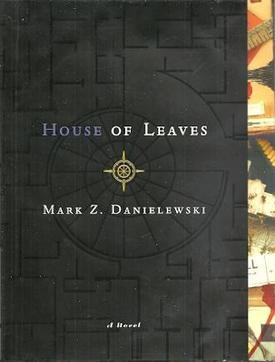Lunar Park is, to use an overplayed term, deceptively complex. At once an autobiography, a ghost story, and therapy, Ellis tells the story of an edgy writer named Bret Easton Ellis who was catapulted to fame at a young age with the publication of Less Than Zero, only to come crashing back to Earth in middle age. Bret (the character; I’ll refer to the author as Ellis) gets married to the movie star mother of his 11 year old illegitimate child and a six year daughter and moves to the suburbs to try to escape his past. But his past comes back to haunt him, quite literally.
Ellis
maintains the sleek writing style of his previous novels, but the tone is very
different. In his first three novels
(Less than Zero, The Rules of Attraction, and American Psycho (I have not read
Glamorama, and so will not comment on it)), the lifestyles of the privileged
youth are depicted as shallow and ultimately meaningless. While certainly depressing, the characters
are in no hurry to leave that lifestyle behind, leaving the reader with the
sense of the directionlessness and ennui the protagonists experience. But Bret finds meaning and stability. This book is about his (Ellis and Bret’s)
coming to terms with maturity and responsibility and acceptance of the past.
A
particularly emotional theme running through the book is Bret’s unresolved
issues with his father, and how those issues manifest themselves in his
relationship with his son. If Less Than
Zero gave us a glimpse into Ellis’s world, Lunar Park gives us a glimpse into
his psyche. Over the course of the book,
we see Bret grow emotionally in a way that we don’t see with any of his earlier
protagonists.
As far as
the horror goes, it was not as solid as the other genres wound into the
book. While genuinely scary at points,
the horror scenes were on many occasions too bizarre to be taken
seriously. Likewise, Ellis draws out the
process of reaching conclusions the reader makes pretty quickly, which throws
the pacing off.
Overall, I’d
recommend Lunar Park, especially to Ellis fans.
Lunar Park draws from previous works, both explicitly and subtly (at one
point, Bret has a meeting at one Dorseah Diner) and offers a peek at the man
behind the book.
Favorite Quote: When you give up life for fiction you become a character.
Favorite Quote: When you give up life for fiction you become a character.





